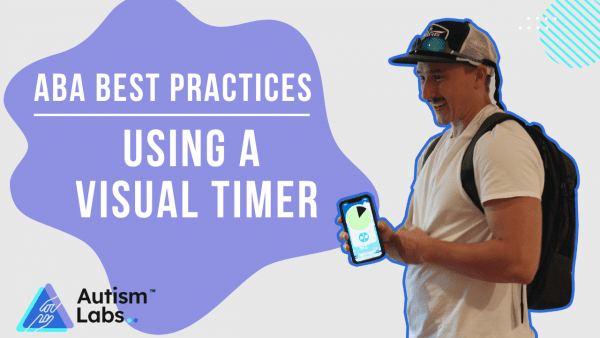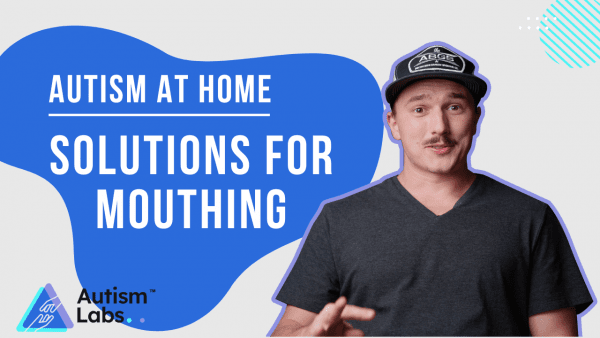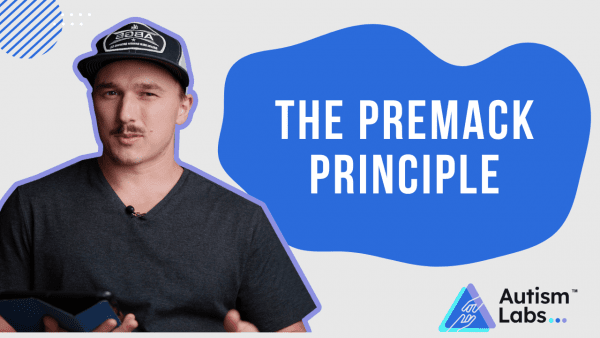Behavioral Analyst, Haden Hunt, explains the importance of stating behavioral expectations when working with low-functioning autistic individuals and shares real life examples of how to put this strategy to practice.
Thanks for watching! Please subscribe to our YouTube channel to support ongoing content.
YouTube: https://www.youtube.com/channel/UCHJJQdaqGD_JKC8htM2CWVw








